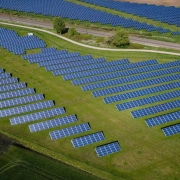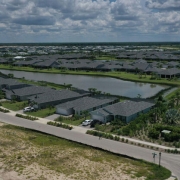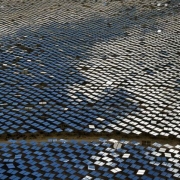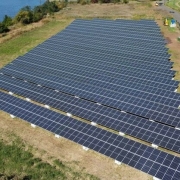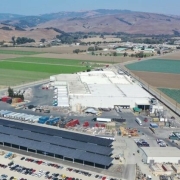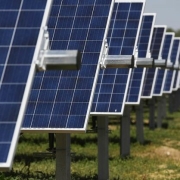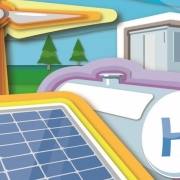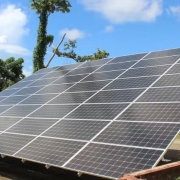Solar power is helping Europe navigate an energy crisis of “unprecedented proportions” and save billions of euros in avoided gas imports, a new report finds.
Record solar power generation in the European Union this summer helped the 27-country grouping save around $29 billion in fossil gas imports, according to Ember, an energy think tank.
With Russia’s invasion of Ukraine severely threatening gas supplies to Europe, and both gas and electricity prices at record highs, the figures show the critical importance of solar power as part of Europe’s energy mix, the organization says.
Click here to read the full article
Source: World Economic Forum
—
If you have any questions or thoughts about the topic, feel free to contact us here or leave a comment below.

